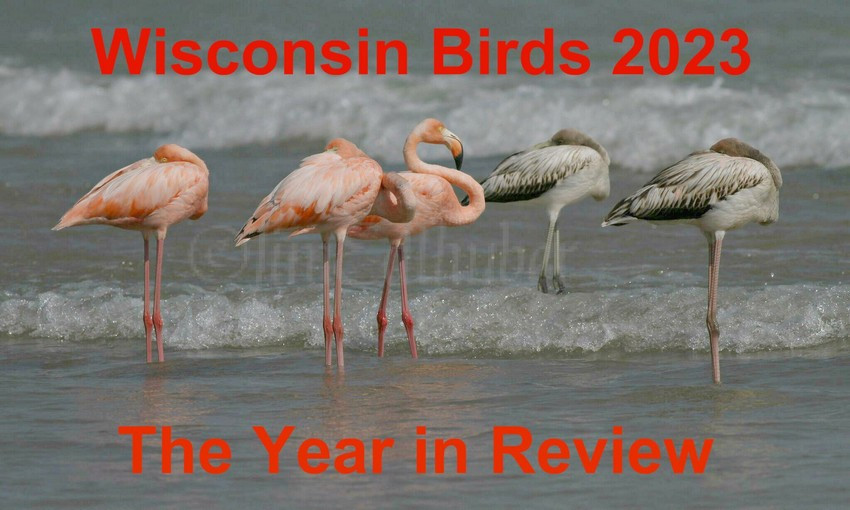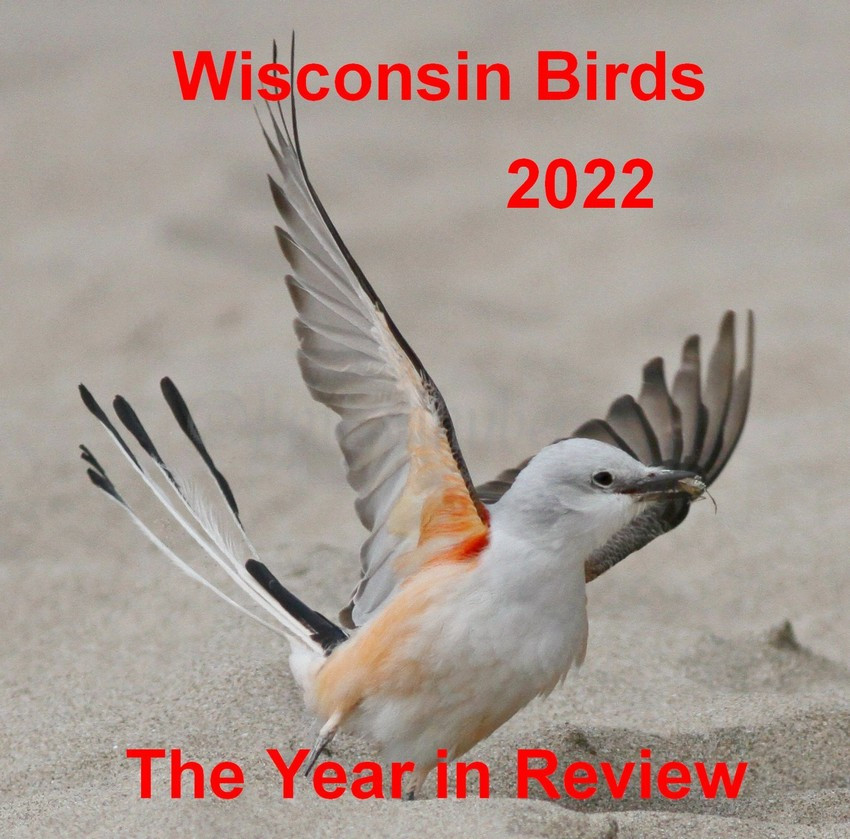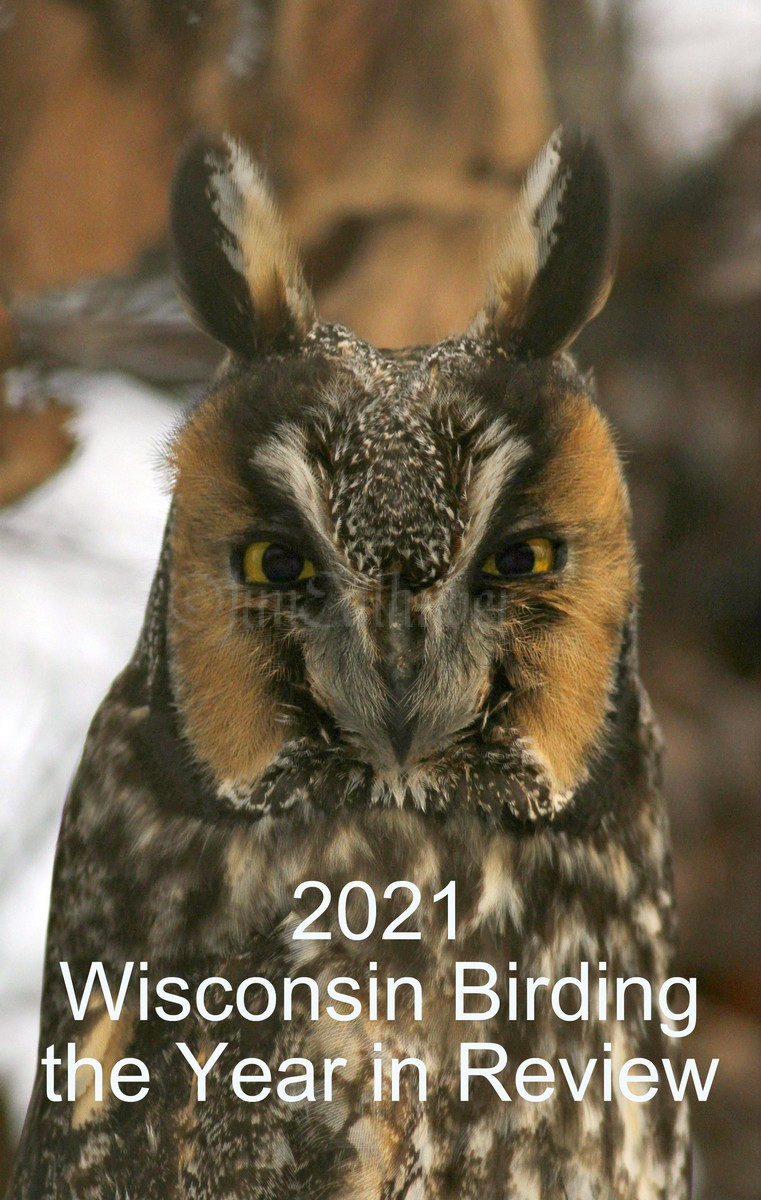One of my birding stops today was the Schlitz Audubon Nature Center in Milwaukee County. The bird of the day was a leucistic American Robin. The typical view of this bird was in the bush. It perched a few times but another common American Robin did not seem to care for its presence and kept it on the move. It was said it has been seen on and off recently there. Another nice bird there was a Oregon Dark-eyed Junco. That gave nice views at the feeder, but a little Pine Squirrel did not want to share the bird seed and flushed it out a few times while I was there. Nice to come across a couple of surprises today while I was out birding. Other birding stops I made this morning had nothing special to report. It was a cloudy overcast morning, chilly with the winds. Images were taken on April 1, 2019
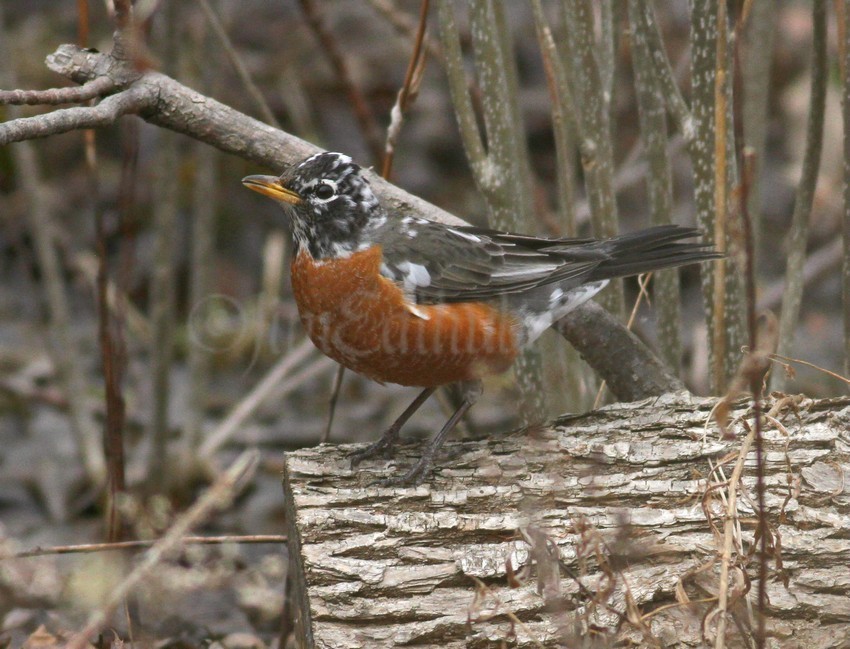
Leucistic American Robin perched on a log…
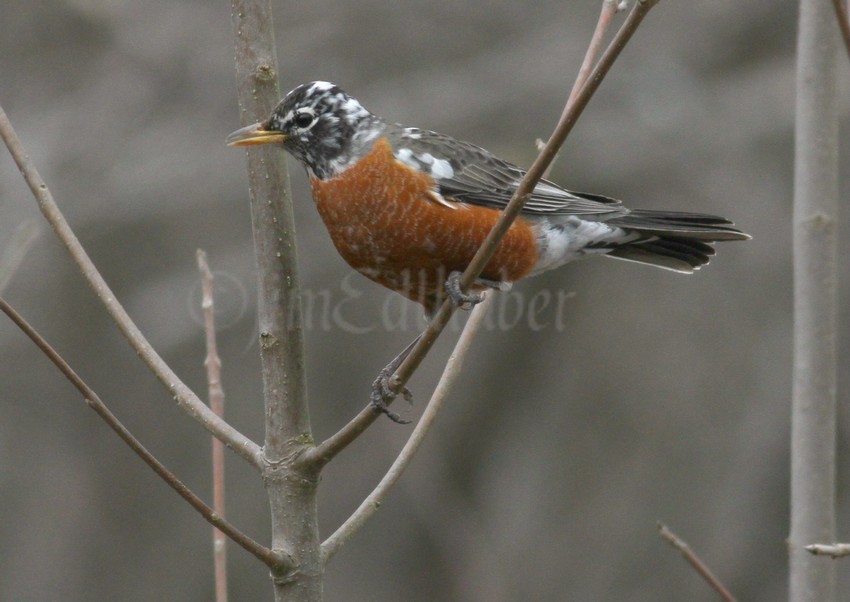
Perched in the tree…
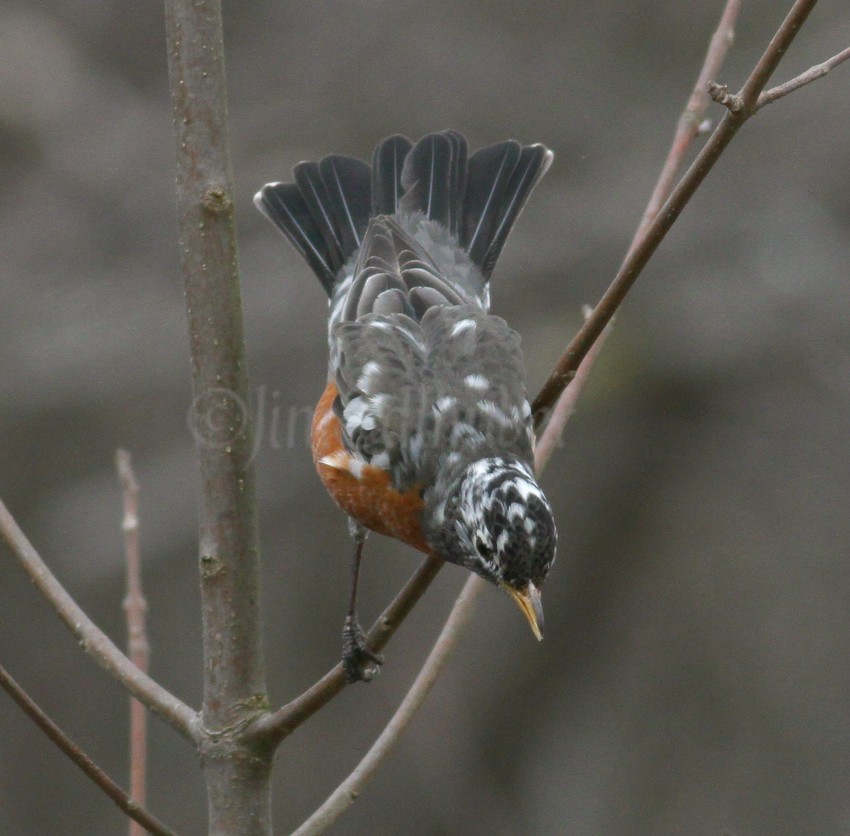
Going to drop down..
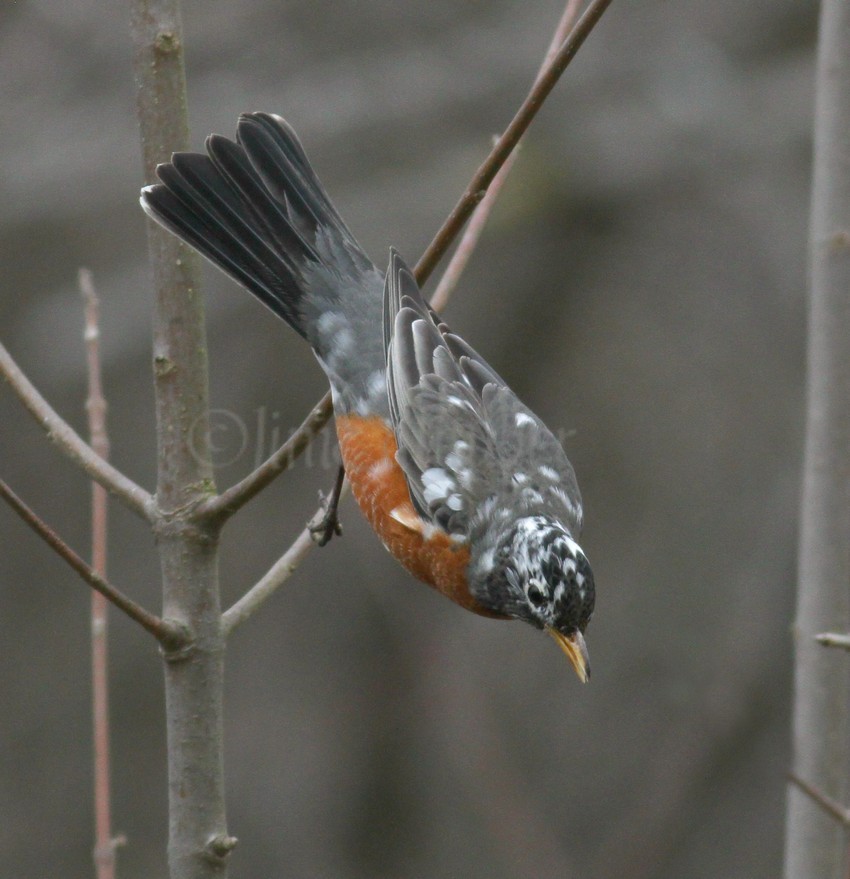
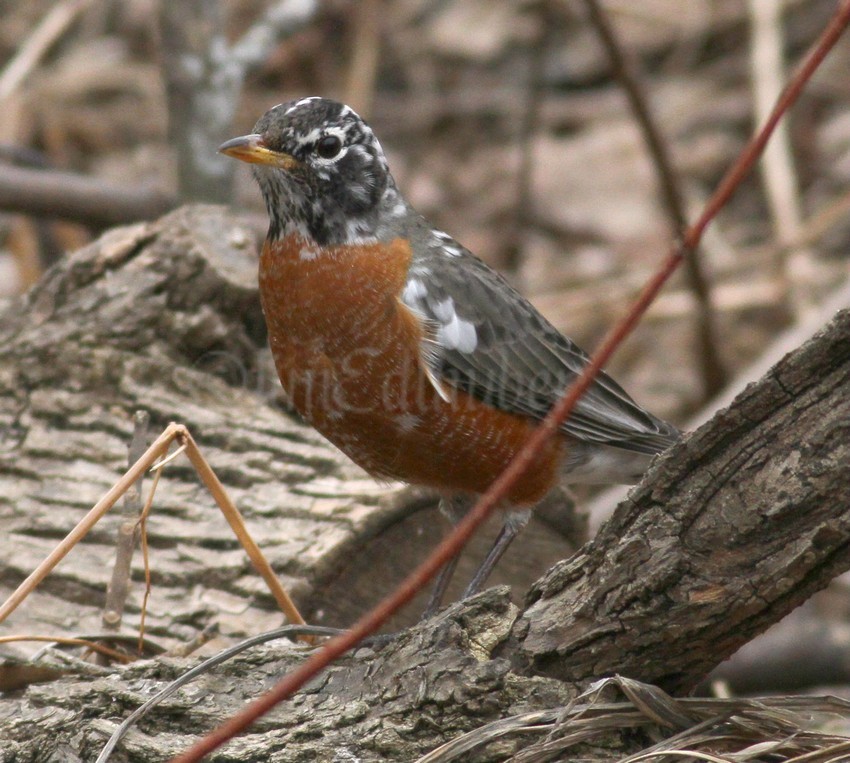
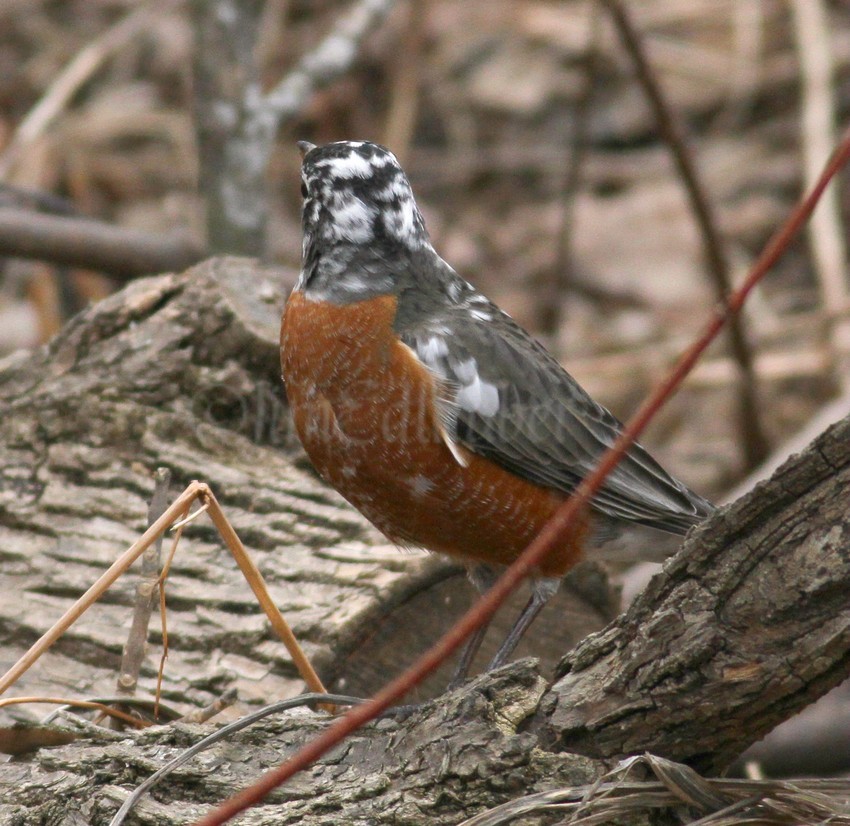
Back view…
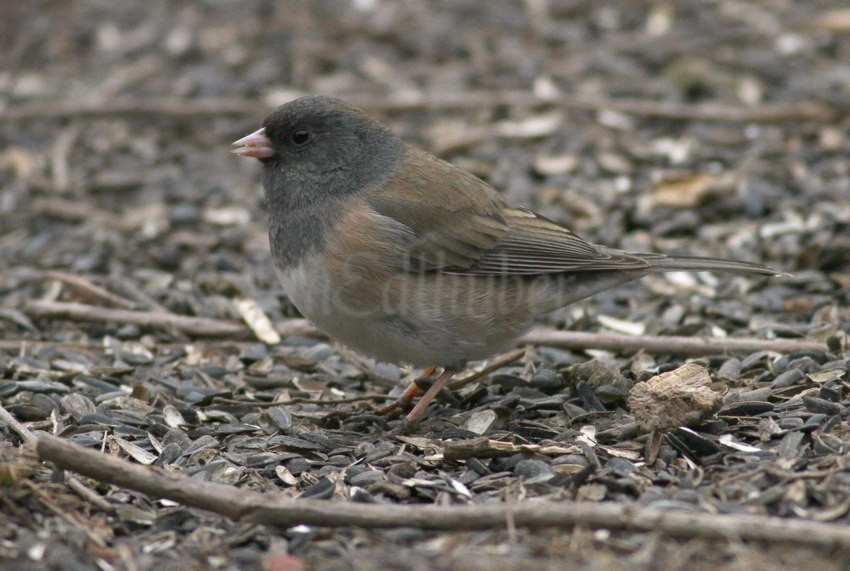
Oregon, Dark-eyed Junco
What is Leucism? Leucism is an uncommon condition in birds. This condition is caused by a genetic mutation which prevents pigments, particularly melanin, from being deposited evenly in the bird’s feathers. Leucistic birds have melanin elsewhere in their bodies which is why they may have dark eyes, legs, and bills. However, their true color will be missing or greatly reduced due to the lack of proper pigmentation.
What is Albinism? Leucism is similar to albinism as in both cases the birds may be completely white. However, albinism is defined as a complete absence of melanin in an animal. Truly albino species will have pink eyes as the only color seen will be caused by blood vessels behind their eyes. They will also have pink bills, legs, and feet. Albinism is extremely rare in birds.
Notes: Leucistic birds are extremely uncommon for a number of reasons. They are not thought to live very long because their white feathers make it difficult for them to hide from predators. If they do stay alive, it is difficult for them to find a mate and successfully pass on their genetic mutation. Additionally, the melanin found in regular birds adds strength to the feathers. Leucistic birds lacking melanin have weaker feathers and thus have a more difficult time flying in severe weather. Last, the reflective properties of white feathers may be problematic for birds who rely on solar energy for heat.

